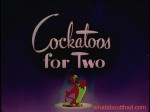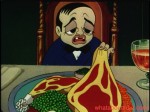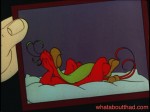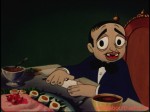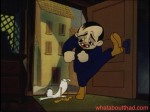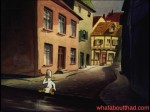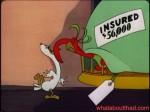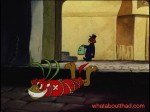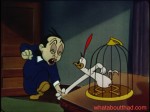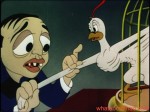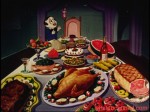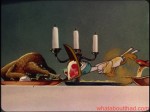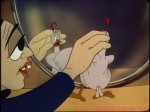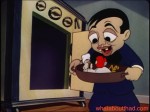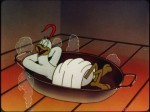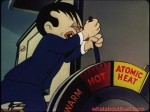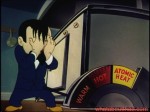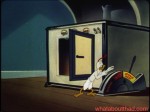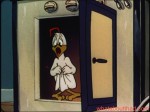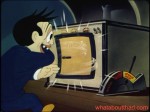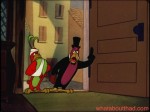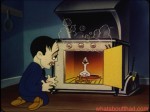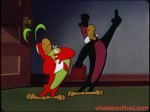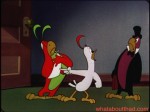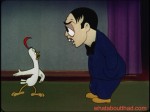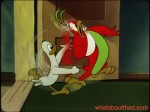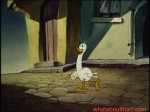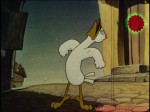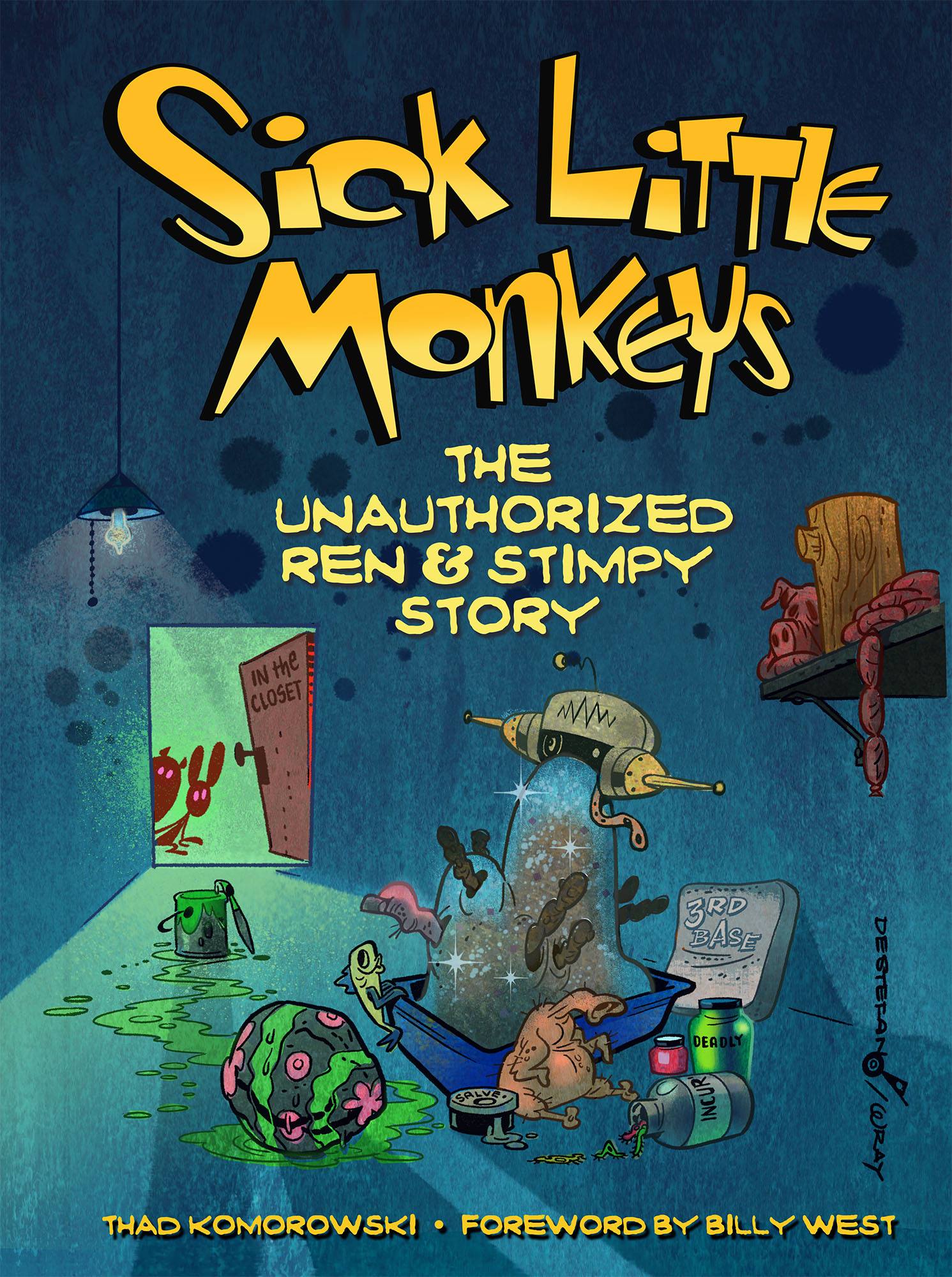Following WWII, Hollywood’s overwhelming demand for Technicolor forced the classic cartoon studios to build a backlog of sorts. Cartoons were completed but wouldn’t be released for ages because prints could not be processed in a timely fashion. WB, Famous, and Terry’s backlogs were approximately 18-24 months, whereas MGM’s could be even longer. Lantz, an independent always losing money, could only afford a 12 month backlog.
The backlogging explains why WB could close down for a full six months in 1953 and you wouldn’t see the “post-shutdown” shorts until very late 1955, why Dick Lundy’s last Barney Bear cartoons didn’t come out until three years after he left MGM, and why Tex Avery’s last theatrical cartoons at both MGM and Lantz were released simultaneously. It also explains why the Screen Gems studio could shut its doors in 1946 but still have releases trickling into theaters as late as 1949.
In an attempt to meet release schedules, WB, Famous, and Screen Gems had a smattering of shorts processed by the cheaper, faster Cinecolor. (Famous also used Paramount’s own process, Polacolor.)
In the case of WB, the cartoons were not made with Cinecolor in mind, as the shorts destined for the process were completely arbitrary. (With the exception of possibly I Taw a Putty Tat, which may have been processed in Cinecolor to get a new cartoon with the increasingly popular Tweety and Sylvester out to theaters quicker.) They were filmed with three-strip Technicolor negatives, and the release prints were processed by Cinecolor, using only two of the three strips.
As to whether Famous or the poverty-row Screen Gems studio did the same, I have no idea. Screen Gems did, however, most certainly style the cartoons with the two-strip process in mind. All of the Cinecolor Phantasy entries (the series was in black-and-white until 1946) have a specific limited palette that is exclusive to them. The Technicolor Color Rhapsodies from the same period are far more vibrant. Such a differentiation doesn’t exist between the Technicolor and Cinecolor WB cartoons. The jury is still out on the Famous Popeye cartoons, as the entire series has not been restored in any capacity (yet).
This Technicolor rerelease print of Kitty Caddy therefore showcases a limited palette, regardless of the stock it was printed on. Authentic Cinecolor stock shifts toward blue-green, so it was unnecessary to emphasize these colors when styling the cartoon. The color styling of these 1947-48 Phantasies has far more in common with that of the 1930s Ub Iwerks Comicolor shorts than the contemporary WB Cinecolor releases as a result.
The whereabouts of this cartoon in the Sony vaults are unknown at this time. The two 35mm prints belonging to Mark Kausler and myself are the only two known to exist. I have had this print for a number of years, but only had it transferred when I was visiting Steve Stanchfield last February, along with Cockatoos for Two.
Surely Mark’s is the better print and the one that should be used for true preservation. Mine was has two nasty splices towards the end (I utilized Mark’s copy to make this composite, so you’ll see a drop in transfer quality at those moments), and some distributor in Britain chopped off the end title, so I replaced it with an erroneous Color Rhapsody title that I had in HD. (The same distributor also spliced on a much later Columbia Pictures title at the beginning, which I’ve left intact for your amusement.)
So much prose for a true stinker though! People tend to give its director Sid Marcus an edge over other lesser lights in the Golden Age, but his shorts could stink as bad as anyone’s. The animation and clean-up is seriously bad and not a single gag works remotely well. The opening phone conversation is almost compelling for the amount of time spent on such an inane, inconsequential conversation. This is as pure stream of consciousness as you get for a 1947 Hollywood cartoon.
Contrary to popular opinion, I find Darrell Calker’s wind-heavy scores of this period (for both Lantz and Screen Gems) to be a refreshing change from the brash, crash and boom variety so prominent in cartoon scoring. Surely his soundtracks are the real stars of these intriguing misfires.
“Sylvester”, Crosby, and Hope are voiced by Dave Barry. Barry also voiced Crosby, Sinatra, and Bogart in most of the WB cartoons of the late 1940s, but his greatest contribution to cinema was his role as the asexual band manager Beinstock in Billy Wilder’s masterpiece Some Like It Hot. Sam the Dog’s voice actor remains unknown. Keith Scott, the world’s leading animation voice and Jay Ward expert, tells me it’s the same actor who voiced Meathead in Avery’s Screwy Squirrel cartoons. And if Keith hasn’t pegged that man’s identity down, I sure as hell don’t think anyone else will soon.
T.T.F.N.

